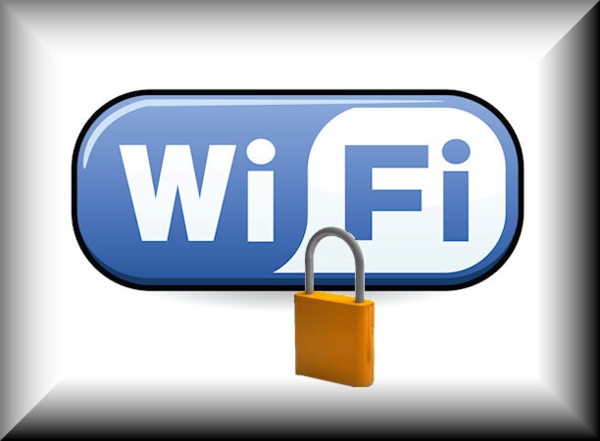Wireless Internet is now widespread, accounting for the majority of home Internet connections. However, Wi-Fi is also inherently less secure when compared to wired Ethernet connections. Since wireless connections are more accessible to hackers, it is necessary to take extra steps to ensure a safe browsing experience. Even if you have unlimited broadband with unlimited bandwidth the security risks are still severe if you don’t protect yourself. The following tips will help you with your wireless security either at home or when you’re on the move.

1 – Avoid Unprotected Networks in General
Unprotected wireless networks are those which are not protected by any password. This means that anyone within range of the wireless router can get connected. In some cases, however, additional login details may need to be entered when you actually start browsing the Internet. This is the case in many wireless hotspots which use a common Internet service provider. While these are generally safe, you should proceed with caution whenever connecting to a wireless network without any password protection which then allows you to surf the Internet without restrictions. If you still decide to do so, avoid using the connection for anything private such as online banking or shopping. With these kinds of connections, hackers with the right software may be able to intercept and view the data sent and received between your computer and the Internet.
2 – Don’t Broadcast Your SSID
An SSID is the name of your wireless network. Unless you changed this yourself, it will already be set by your wireless router’s default settings. By default, wireless networks broadcast their names so that computers within range can view them and, provided they have the necessary passkey, connect to them. This is useful in public places which provide Internet access, but has little use in the home or in many workplaces. You can hide the wireless network through the router settings. Refer to the wireless router manual for more information. In order to connect to a hidden wireless router, you will need to do so manually, although you should be able to configure your device to connect automatically thereafter. In Windows, instructions on how to do this are provided in the Network and Internet section of the control panel.
3 – Change the Router Control Panel Password
All broadband Internet routers, including both wired and wireless ones, have a control panel which allows you to configure new Internet service providers and customize a variety of Internet-related settings. You can access this control panel through any Internet browser and, by default, you will need to enter a user name and password. With most brands of broadband router, the user name and password will both be “admin.” It is a good idea to change these values to something more unique, even if your wireless network is only used at home and you rarely have guests connecting to your network.
Conclusion
With things like Internet banking and online shopping now being widespread on the Internet, it is more important than ever to take security seriously. In addition to practicing good wireless Internet security, you should also take care to ensure that your computer and antivirus software are always kept up to date.
Sam Jones, the author, has unlimited broadband at home but previously ran into issues when someone pirated his connection.










Comments